Libuk Sonmandu (리북손만두)
9.3Km 2019-08-28
17-13, Mugyo-ro, Jung-gu, Seoul
+82-2-776-7361
Libuk Sonmandu restaurant is located deep in the alleys behind Seoul City Hall in the Mugyo-dong area. It is famous for kimchimari bap and sonmandu (handmade dumplings). Kimchimaribap is rice in a soup of kimchi and ice cubes with various added flavorings that originated in North Korea. This is a refreshing dish for summer. Other items on the menu are bindaetteok (mung bean pancake) and mandu jeongol (dumpling hot pot).
Yetchatjip (old teahouse) (옛찻집)
9.3Km 2019-12-20
33-1, Insadong-gil, Jongno-gu, Seoul
+82-2-722-5332
Yetchatjip is a famous teahouse that has also been used as a movie filming set. It is a great place to stop by for a cup of natural traditional Korean tea, or the traditional summer treat patbingsu, made with the old way with shaved ice and homemade red bean topping.
Insadong Chatjip (tea house) (인사동찻집)
9.3Km 2019-12-23
33-1, Insadong-gil, Jongno-gu, Seoul
+82-2-723-4909
Insadong Chatjip is a hanok teahouse that serves home-made traditional tea. Even the red beans used in the summer delicacy patbingsu
Ramada Hotel & Suites by Wyndham Seoul Namdaemun [Korea Quality] / 라마다 호텔앤스위트 서울남대문 [한국관광 품질인증/Korea Quality]
9.3Km 2021-03-29
27, Chilpae-ro, Jung-gu, Seoul
+82-2-775-7000
Ramada Hotel & Suites by Wyndham Seoul Namdaemun is located in Sunhwa-dong, Jung-gu, at the center of Korea’s capital. Its location gives guests excellent access to Seoul’s major tourist sights, and some major sights like Namdaemun Market, the City Hall, Myeongdong, Gwanghwamun Gate, and Deoksugung Palace are reachable on foot. Seoul Station and City Hall Station are located nearby for good access to public transportation. The hotel is often used by international visitors to Seoul.
There are 244 rooms in total, from Superior Double and Twin to Deluxe Double and Twin, Triple, Premier Twin, Quad, Junior Suite Double, Corner Suite, Atrium Suite Family, etc. Facilities include a restaurant, a conference room, a cafe, an underground arcade, and a currency exchange kiosk. The business center offers copying, printing, scanning, and fax services. Up to 2 dogs can be brought into the room, but dogs carry a surcharge for cleaning per day and dog.
Moonguesthouse [Korea Quality] / 문게스트하우스 [한국관광 품질인증]
9.4Km 2020-09-09
31-18, Samil-daero 32-gil, Jongno-gu, Seoul
+82-2-745-8008, +82-10-8704-9981
The Moon Guesthouse is situated near a number of interesting tourist destinations including Unhyeongung Palace (3min on foot), Bukchon Hanok Village (5min on foot), Changdeokgung Palace (5min on foot), and Changgyeonggung Palace (10min on foot). The guesthouse was named ‘moon’ (‘door’ in English) because it has many 176 doors and windows. Upon entering by the gate, visitors will see a ‘ㄷ’-shaped hanok building in the courtyard, in which a wooden bedstead and a table are placed. On the opposite of the hanok building there is a wall roofed with tiles engraved with Korean patterns such as deer, pine, turtle, etc. Flowers in the flowerbed lined up along the wall are in bloom and the bonsai are also well-kept in the house. Renovated and opened as a guesthouse in September 2011, Moon Guesthouse consists of a bonchae (main building) and a byeolchae (detached house). The rooms are decorated with red clay and hanji (traditional Korean paper handmade from mulberry trees), and have under-the-floor heating (ondol). Each room is equipped with an air-conditioner, and has a 40cm-thick layer of red clay over the ceiling for insulation, making the rooms cool in summer and warm in winter. The house has seven individual guestrooms and five modern bathrooms, but the entire building (bonchae or byeolchae) can be rented, too. In particular, the unhyeondang of the bonchae is very popular as it can be converted into one large space for special events, group workshops, etc. simply by opening all the sliding doors (Bunhapmun – Goryeo construction style). This room, which is decorated with a flower-patterned windscreen, a landscape painting, and calligraphy, has been used as a shooting location for various TV programs including KBS2’s TV reality program Man’s Qualification and its variety show The Human Condition. The guestrooms are also equipped with traditional furniture including a cabinet inlaid with mother-of-pearl. The guesthouse also provides a variety of experience programs from 11am to 3pm, including tea ceremony, wearing Hanbok (traditional Korean clothes), making kimchi and gochujang (red chili paste), playing a traditional musical instrument, making a rubbing of a stone inscription, calligraphy, drawing orchids on a fan, and so on. The house has about seventy hanbok and other clothing accessories, as well as a royal costume. Its calligraphy and drawing orchid programs are run directly by the owner, who used to work as a classical Chinese teacher at a high school.
Observatoire de Jeongdong (정동전망대)
9.4Km 2022-08-18
15, Deoksugung-gil, Jung-gu, Seoul
+82-2-120
L'observatoire Jeongdong se situe au 13ème étage de la tour Seosomun de l'hôtel de ville. On trouve dans l'observatoire un café où chacun peut profiter d'une boisson rafraîchissante. Sur les murs ducafé, les visiteurs peuvent apprécier d'anciennes photos de Jeongdong. L'observatoire est connu pour offrir de belles vues sur le palais Deoksugun.
Cérémonie de la relève de la garde du Palais Deoksugung (덕수궁 왕궁수문장교대의식)
9.4Km 2024-11-28
99, Sejong-daero, Jung-gu, Seoul-si
- Ligne Info Tourisme +82-2-1330 (coréen, anglais, japonais, chinois)
PORKLAND (포크랜드)
9.4Km 2021-03-30
258-10, Changgyeonggung-ro, Jongno-gu, Seoul
+82-2-745-7878
It is a place that not only office workers but also college students often visit. The best menu at this restaurant is spicy pork shoulder shabu-shabu. This Korean dishes restaurant is located in Jongno-gu, Seoul.
Seomun Hoegwan(서문회관)
9.4Km 2021-03-18
47, Sejong-daero, 11-gil, Jung-gu, Seoul
+82-2-755-0897
A bulgogi specialty restaurant located near City Hall Station in Seoul. The most famous menu is Korean beef bulgogi. Experience bulgogi, a Korean traditional dish.
Parc Hyochang à Séoul (서울 효창공원)
9.4Km 2023-04-07
177-18, Hyochangwon-ro, Yongsan-gu, Seoul
+82-2-2199-8823
Hyochang parc couvre 122 245 mètres carrés enjambant Hyochang-dong et Cheongpa 2-dong. Il est un point de repère historique qui contenait plusieurs tombes royales, et était connu à l'époque comme Hyochangwon. Les cimetières qui ont été à l'origine situés dans le Hyochangwon appartenaient au prince héritier Munhyo (premier fils du roi Jeongjo, décédé seulement à l'âge de cinq ans), à la concubine royale du roi Jeongjo et la mère du prince héritier Munhyo et sa fille, la princesse Yeongon. Les tombes royales ont été déplacés à Seooreung tombes dans les derniers mois de la période coloniale japonaise. L'empire japonais a commencé le développement de Hyochangwon dans un parc en 1924, et le gouverneur général japonais a officiellement confié le site comme un parc en 1940.
Actuellement, plusieurs des plus grands dirigeants de la Corée sont enterrés dans le parc Hyochang. Les restes appartiennent pour la plupart à des militants indépendantistes y compris Yoon Bong-gil, Lee Bong-chang, et Baek Jeong-gi, dont les tombes sont regroupées sous l'appellation "Samuisa-myo" (tombes des trois martyrs). Une statue de Lee Bong-chang a été construite dans le cimetière. Parmi les autres martyrs patriotes qui sont enterrés dans le parc sont Kim Gu et quelques-unes des figures de proue du gouvernement provisoire comme Lee Dong-nyeong, Cha I-seok, Cho Seong et-hwan. Un temple ancestral nommé Uiyeolsa a été construit le long de la porte principale et détient les portraits des militants indépendantistes décédés.
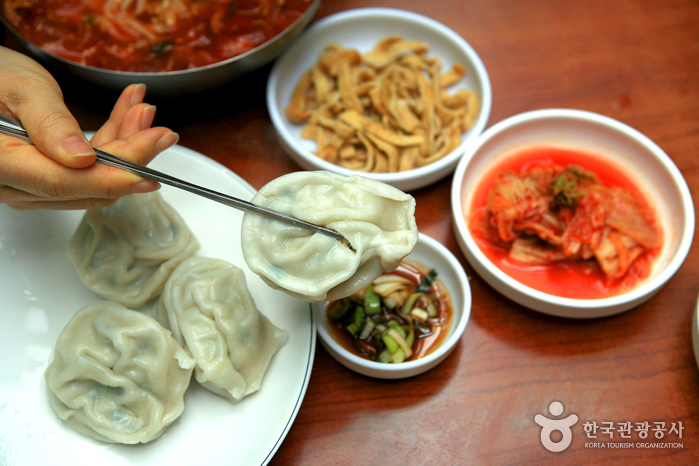
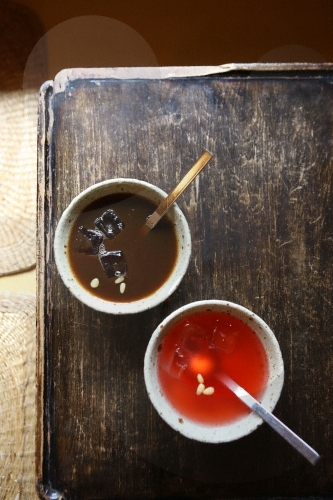
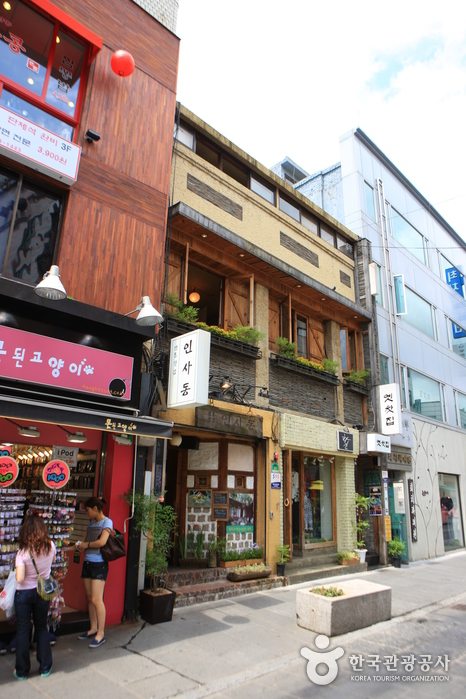
![Ramada Hotel & Suites by Wyndham Seoul Namdaemun [Korea Quality] / 라마다 호텔앤스위트 서울남대문 [한국관광 품질인증/Korea Quality]](http://tong.visitkorea.or.kr/cms/resource/55/2707755_image2_1.jpg)
![Moonguesthouse [Korea Quality] / 문게스트하우스 [한국관광 품질인증]](http://tong.visitkorea.or.kr/cms/resource/09/2577509_image2_1.jpg)

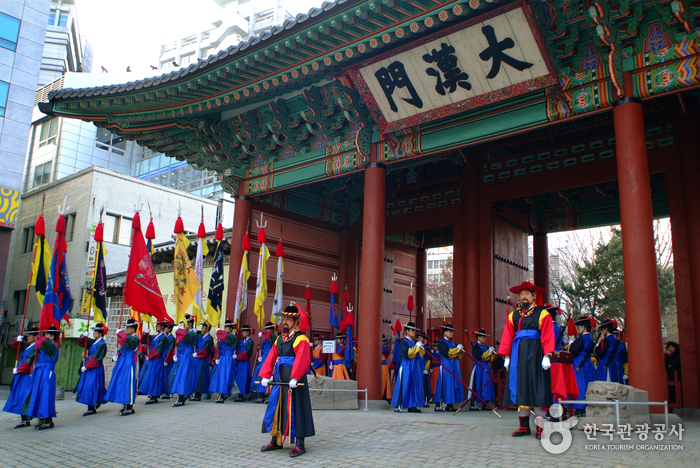
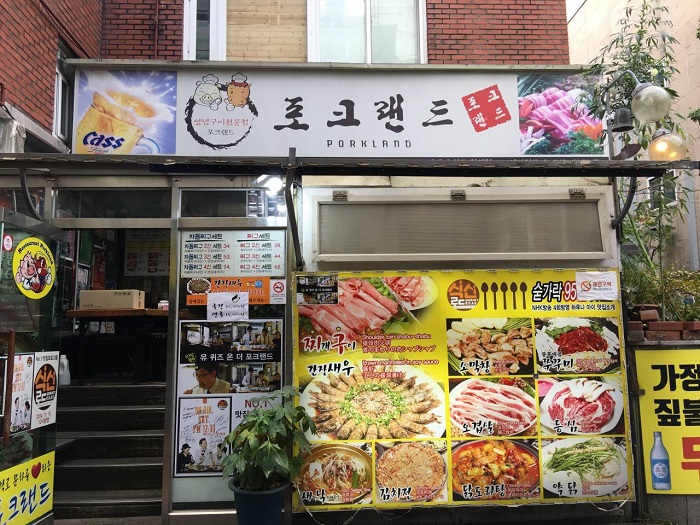
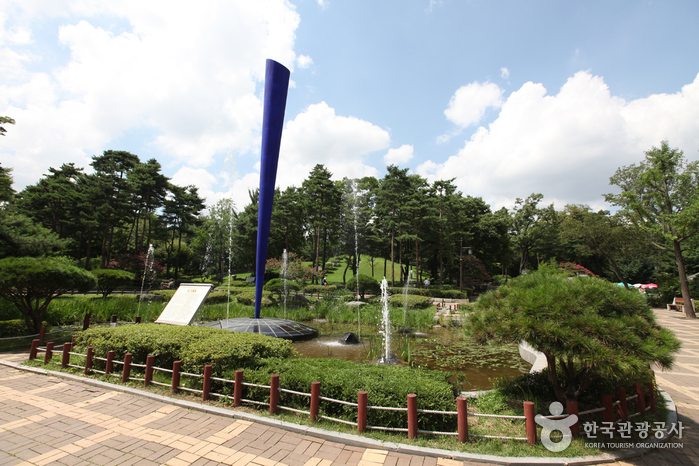
 Français
Français
 한국어
한국어 English
English 日本語
日本語 中文(简体)
中文(简体) Deutsch
Deutsch Español
Español Русский
Русский